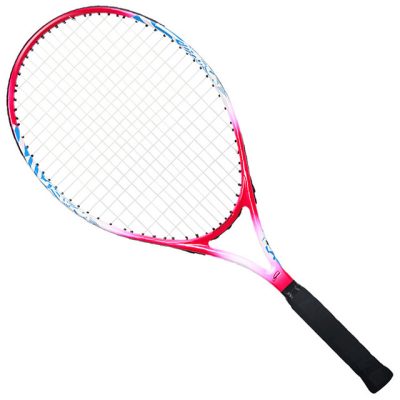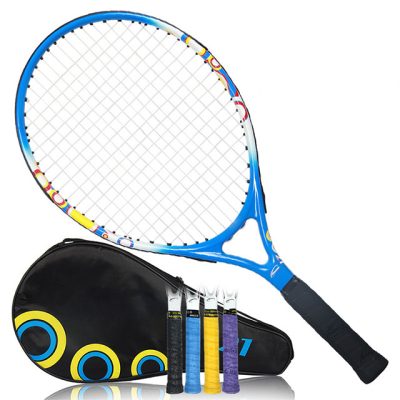one. racket
1. Take a face.
The size of the racket surface determines the sweet spot (hitting area), and it can also control the power. 85-95 (small racket surface), tend to power players; 98-106 (medium and large), suitable for general intermediate players, Accurate control; 110 (maximum) power is amazing, poor control (recommended to buy this).
2. Weight
Generally speaking, the lighter you can move the beat, the harder it is to control. If there is no special need, the child should be weighed more than 300 grams. 280-300 is good
3. Length
The standard is 27 inches, and there are extended versions as well. According to the principle of leverage, the longer the length, the greater the force requirement. In order to improve the hitting point of the serve, some people will choose the extended type. His biggest disadvantage is that the control level in front of the net is poor.
4. balance point
Head weight (balance point close to the head of the racket) makes up for the lack of power and less flexibility. Suitable for bottom line type.
The head is light, flexible, and low in power, which should be compensated by increasing the tempo. Let the salesperson help you. It is suitable for the front of the net.
The easy way is to give it a try and feel comfortable.
5. hardness
Good elasticity (less than 62) has obvious deformation and a lot of power loss, but the hitting feeling is comfortable.
High hardness (greater than 70) is more powerful.
two. line
1. type.
There are natural gut, nylon, polyester. The prices are different, and each has its own advantages and disadvantages. Consult the threader for details, and be more detailed than me. Here we mention mixed threading, that is, the main (vertical) and secondary (horizontal) threads are made of different materials. At present, many players in professional tennis do this, which can make up for the lack of single threading.
2. Thick and thin.
The thicker and more durable it is, the worse the hand feel.
3. pounds.
Each racket has a range of threading pounds suitable for it, which is attached to the inside of the throat of the racket. Adjust within this range, lower a few pounds for better elasticity and strength; higher for easier ball control (net, shallow ball)


























